A forgotten history of Italian artists affected by the HIV-AIDS crisis goes on show in Tuscany
‘Vivono: Art and Feelings, HIV-AIDS in Italy. 1982-1996’, at Centro per l'Arte Contemporanea Luigi Pecci in Prato delves into the conversation around the crisis
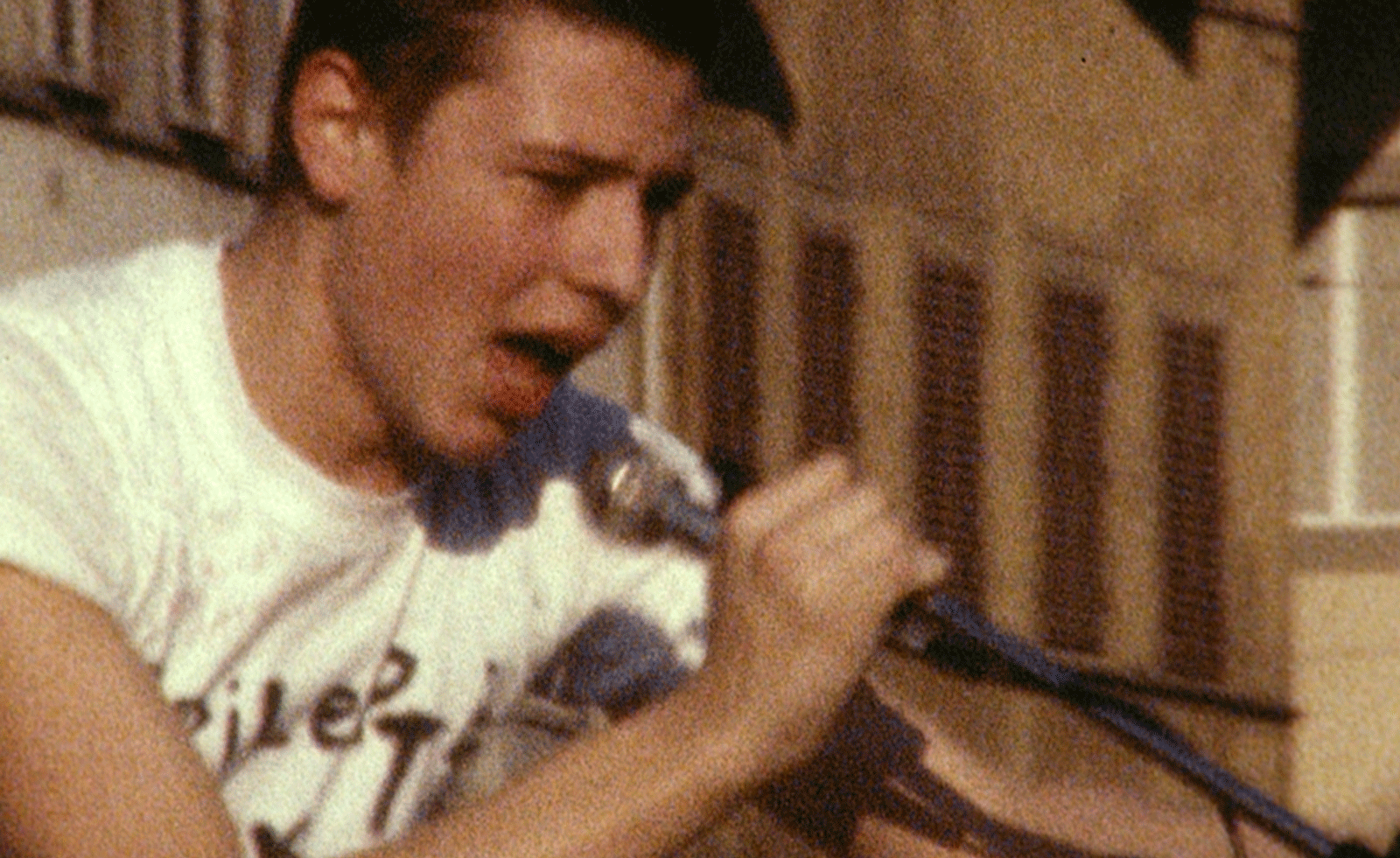
In one of the final rooms of ‘Vivono: Art and Feelings, HIV-AIDS in Italy. 1982-1996’, at Centro per l'Arte Contemporanea Luigi Pecci in Prato (through 10 May 2026), a gentle army of off-white sofas invites visitors to sit and absorb the words of Nino Gennaro, the artist, activist and poet whose writing is projected onto the surrounding walls (old photographs additionally appear on some of the furniture via a slide show). The space is loosely modelled after Gennaro’s own living arrangement, in the home he shared with his chosen family of community-minded artists until his death, from AIDS in 1995, which he described in personal notes from the 1980s as ‘a place to make mistakes but also to get things right, a place to heal but also to get sick…to die but also be reborn, a place where everything is allowed…’
‘You enter the house, and in literally each corner there is a sofa,’ shares curator Michele Bertolino, sampling the upholstery the morning after the show opened to collaborators and contributors, press, family, and friends of the museum. ‘It's incredible because the sofas are always busy; it means being cosy and having the possibility to stay, to speak together.’ Gennaro’s friends still live in the same house in Palermo, where his work, tied to the idea of affection as recognition and care, remains, and which Bertolino visited often during the making of the show; each time, his hosts put him up in the artist’s old bedroom.

Nino Gennaro, Autoritratto, 1994
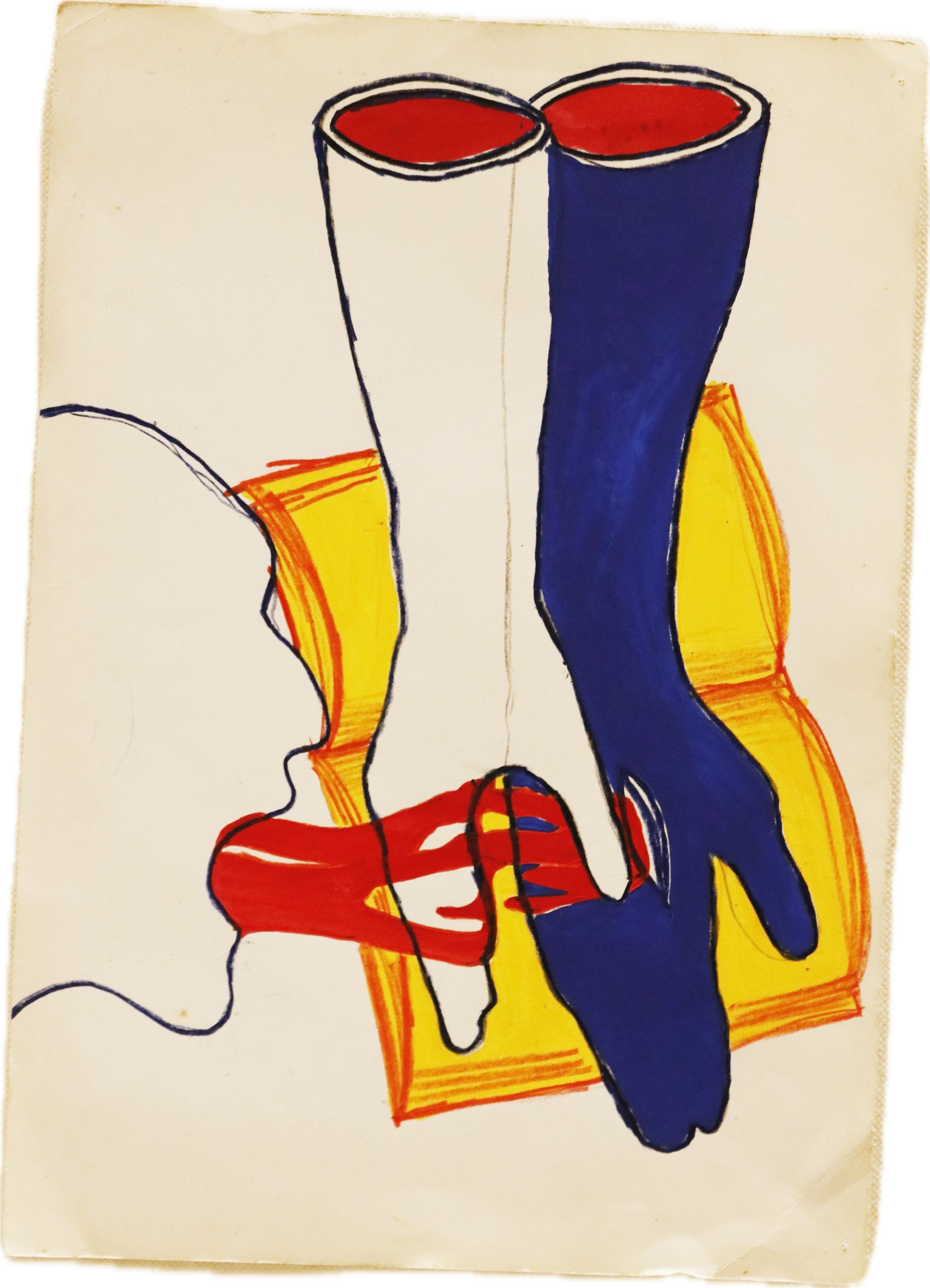
Francesco Torrini, Senza titolo, 1992-1993
Gennaro’s is one of three monographic spaces that underscore the gravity of the wider show, each consciously developed by the curator’s friend, the architect and exhibition designer Giuseppe Ricupero (the other two rooms focus on Patrizia Vicinelli and Francesco Torrini). ‘These artists give a specific hint to the way in which the HIV-AIDS crisis was approached in Italy and I think, as a first show discussing this, sum up the issue,’ says Bertolino. The show’s moniker moreover, is direct in its communication: ‘vivono’ translates to ‘they live’, and the dates relay the earliest recorded case of AIDS in Italy, and the year HAART therapies were introduced, in Vancouver, at the XI International AIDS Conference.
A response to the silence Bertolino identified around HIV-AIDS in Italian culture – particularly amongst those championing foreign art made in a similar context – the show was constructed through discussions together with research the curator had begun for an earlier photobook project. ‘It came out of necessity,’ he explains today. ‘It's a conversation that is going on [globally], and in Italy we are not addressing the issue.’ Thinking communally, Bertolino worked with a committee that included the collective Conigli Bianchi, activists Valeria Calvino and Daniele Calzavara, and Ida Panicelli, the museum’s artistic director between 1993-94. ‘They took my hand and let me in, this guy coming from contemporary art, asking personal things about their life,’ recalls the curator. ‘They really helped me understand and navigate this history, as it’s not a history I lived.’

Robert Mapplethorpe, Coral Sea, 1983
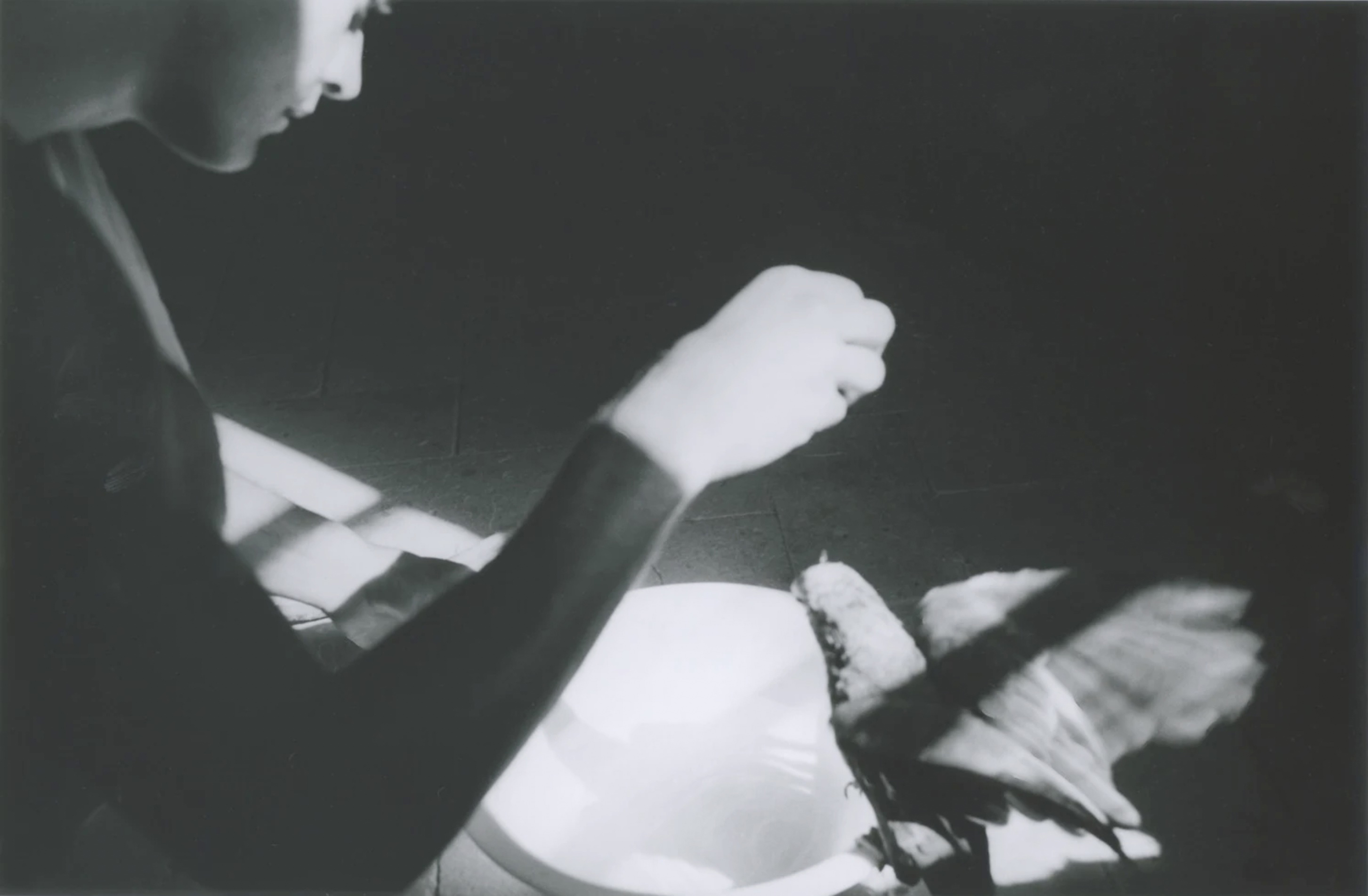
Hervé Guibert, L‘oiseau, Santa Catarina, 1982
Consisting of nine rooms in total, the show is orchestrated primarily around Italian artists, while several British and American names also appear (Robert Mapplethorpe’s quietly brooding Coral Sea (1983) is surrounded by ample white space, while Derek Jarman’s Pontormo and Punks at Santacroce, from 1982, plays nearby to The Pope and the Penis, the bold text-based work previously exhibited at the 1990 Venice Biennale by New York collective, Gran Fury). A specially commissioned Roberto Ortu film introduces the show, and a vast collection of painting, illustration, sculpture, video, photography, and poetry follows. Paramount for Bertolino however, are a series of worktables made up of archival materials such as pamphlets, articles, posters, campaigns by Moschino and United Colors of Benetton, and recent works by Milan’s Tomboys Don’t Cry collective.
‘I wanted it to be meaningful and present, so we had conversations about what it means to collect and preserve, how we build a memory when there is no memory,’ says the curator. Formed around themes, as opposed to chronology, labels include stigma, care, time, shit and celebration; ‘shit’ was a suggestion from Calvino notes Bertolino, acknowledging the term’s complexity. In an essay from the show’s accompanying book, Reader, Calvino expands on the word’s significance, alluding to her own experiences and drug use amidst the social and cultural shift that occurred in the country in the late 20th century, as Italy moved into neoliberalism. ‘The 1980s were shitty years,’ she writes. ‘Shitty in the sense that they digested and discarded everything that the 1970s had been…the years of marches, collectives, self-awareness groups, counterculture...’
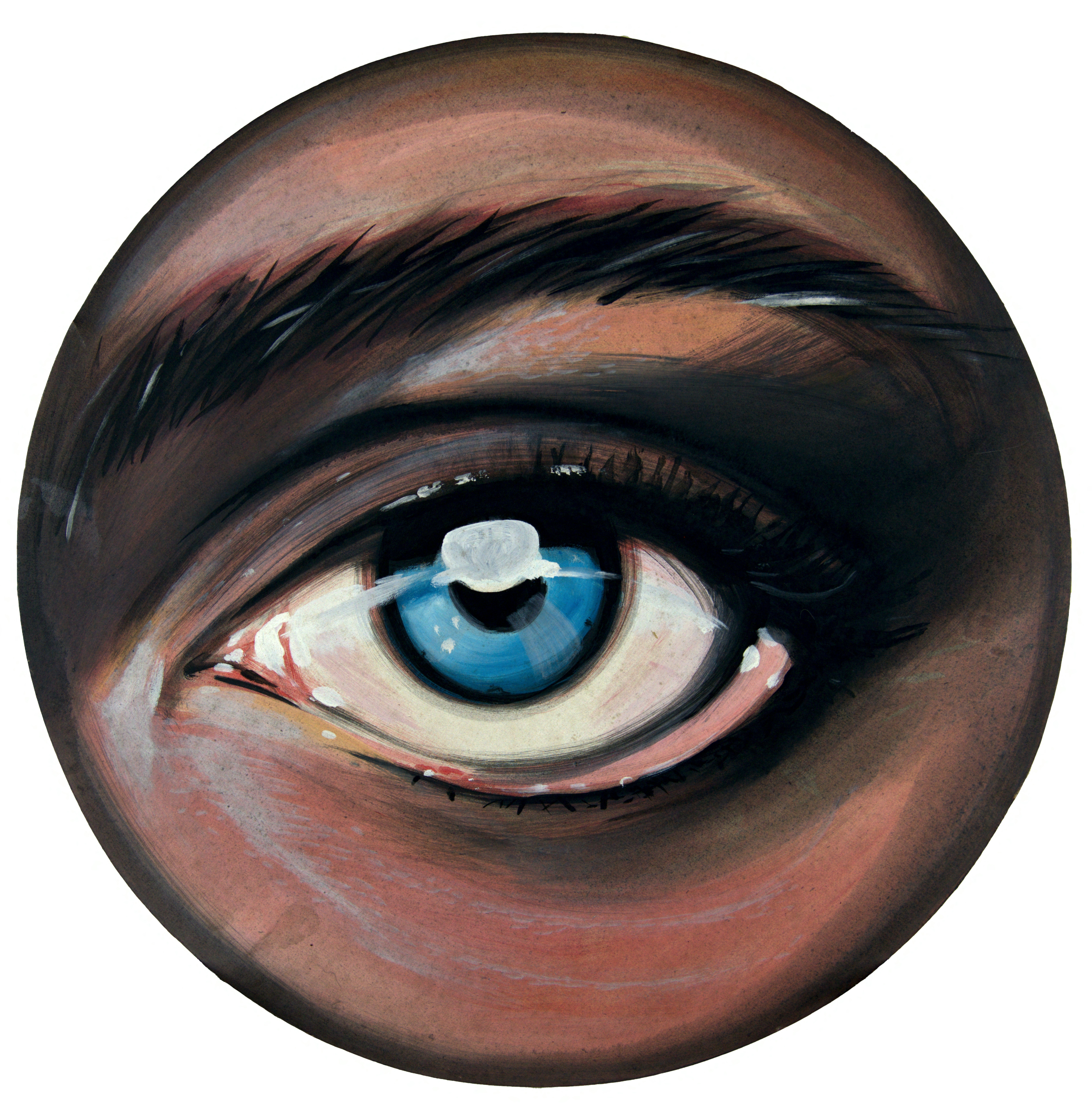
Bruno Zanichelli, L’impossibilità di distogliere lo sguardo -Dipinto autofruente, 1989
Indeed, much of the work presented at Centro Pecci was made against this backdrop, and yet Bertolino and Ricupero were determined to foreground a sense of lightness within the show, honouring the desire to love and embrace joy that existed in tandem with the extreme grief and political landscape of the time. Writing after his own diagnosis in the 1980s, Gennaro once suggested that ‘it is never a personal matter,’ indicating the comfort sustained from the relationship between HIV-AIDS and creating a shared narrative.
Receive our daily digest of inspiration, escapism and design stories from around the world direct to your inbox.
The sentiment is partially echoed in the responsibility Bertolino felt while putting ‘Vivono’ together he says. ‘A lot of people trusted me in a very sincere and immediate way. Behind this work there were people, life experiences – for some people, it was years since they had gone back to the works, or talked about their partner or son,’ he shares. ‘The subtitle of the show is “art and feelings”, and I was really not sure about this, but it is a show about feelings – made through feelings, constructed because of love. And I would love it to be the opening up of a conversation that is not present in Italy. Luca Starita [who also contributed an essay to Reader] will publish in February, a book on literature and poetry and HIV-AIDS in Italy, so things are happening. It’s a collective effort.’
'VIVONO. Arts and Feelings, HIV-AIDS in Italy, 1982-1996' at Centro per l'Arte Contemporanea Luigi Pecci, Prato, until March 1, 2026
felixgonzalez-torresfoundation.org
Zoe Whitfield is a London-based writer whose work spans contemporary culture, fashion, art and photography. She has written extensively for international titles including Interview, AnOther, i-D, Dazed and CNN Style, among others.
-
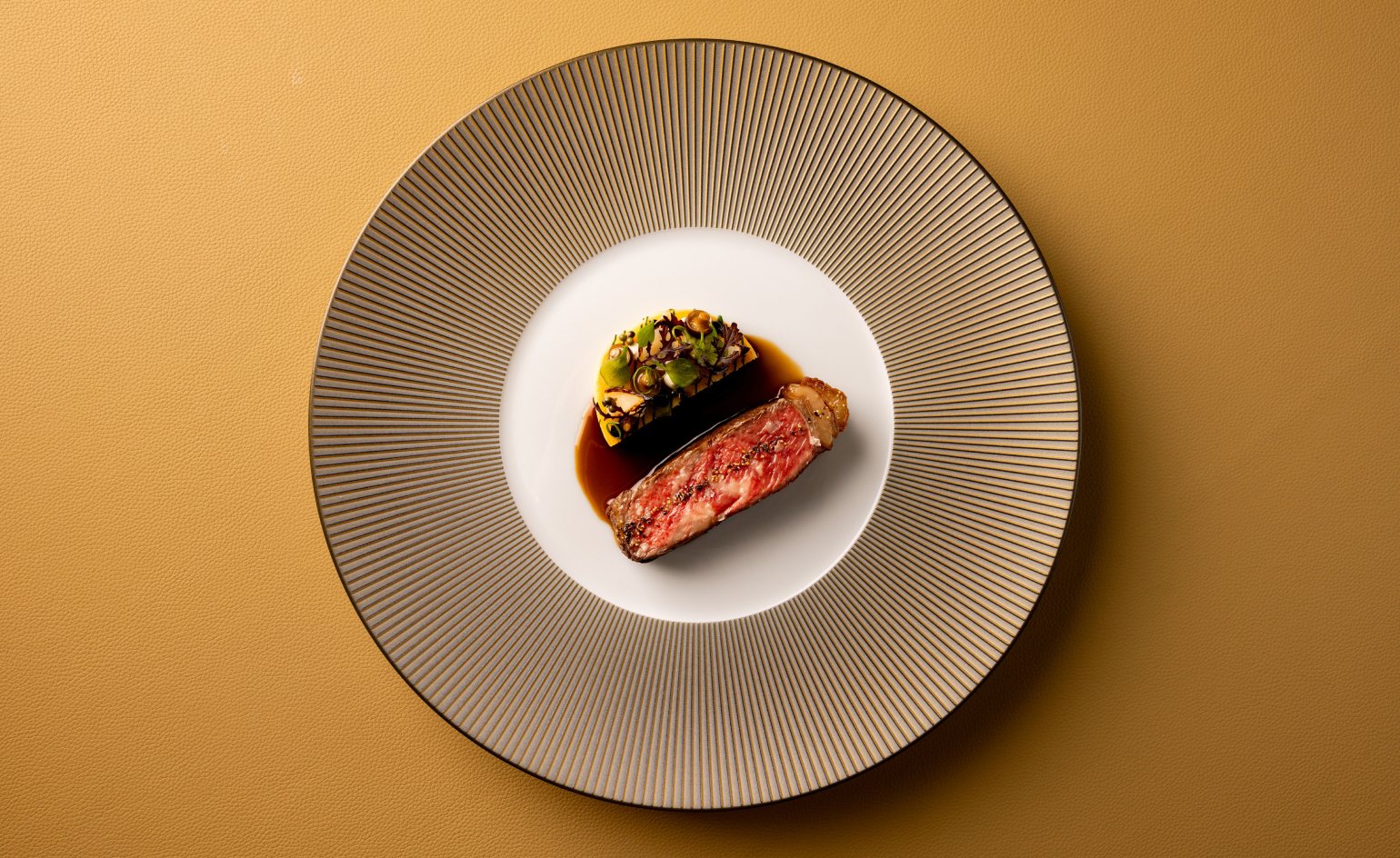 Chef Matt Abé steps out solo with Bonheur in Mayfair
Chef Matt Abé steps out solo with Bonheur in MayfairA former fine-dining institution is transformed through a study of light, tone and materiality, courtesy of Russell Sage Studio
-
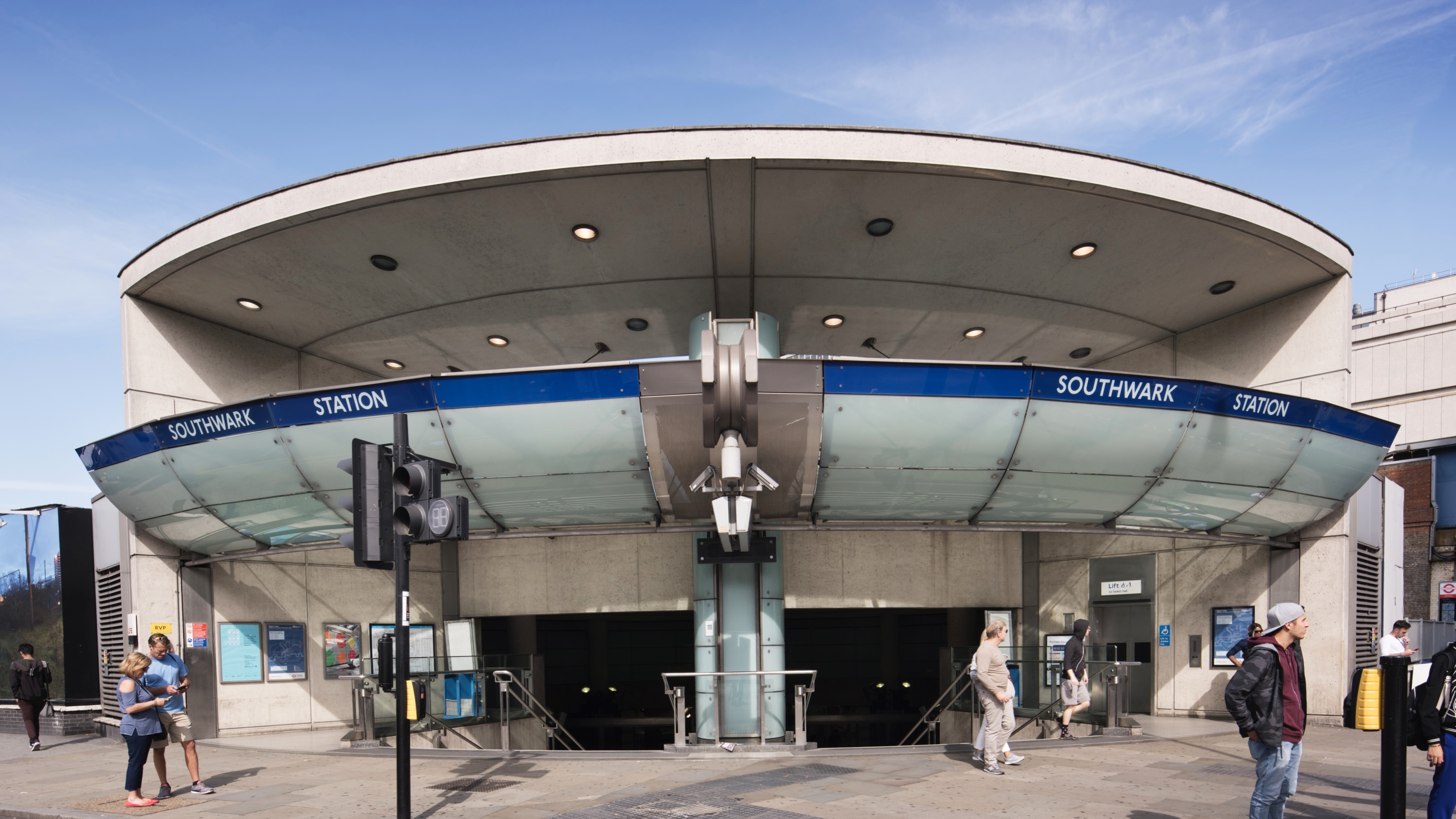 Futuristic-feeling Southwark Tube Station has been granted Grade II-listed status
Futuristic-feeling Southwark Tube Station has been granted Grade II-listed statusCelebrated as an iconic piece of late 20th-century design, the station has been added to England’s National Heritage List
-
 David Shrigley is quite literally asking for money for old rope (£1 million, to be precise)
David Shrigley is quite literally asking for money for old rope (£1 million, to be precise)The Turner Prize-nominated artist has filled a London gallery with ten tonnes of discarded rope, priced at £1 million, slyly questioning the arbitrariness of artistic value
-
 Creativity and rest reign at this Tuscan residence for Black queer artists
Creativity and rest reign at this Tuscan residence for Black queer artistsMQBMBQ residency founder Jordan Anderson sparks creativity at his annual Tuscan artist residency. Wallpaper* meets him to hear about this year's focus.
-
 Photographer Mohamed Bourouissa reflects on society, community and the marginalised at MAST
Photographer Mohamed Bourouissa reflects on society, community and the marginalised at MASTMohamed Bourouissa unites his work from the last two decades at Bologna’s Fondazione MAST
-
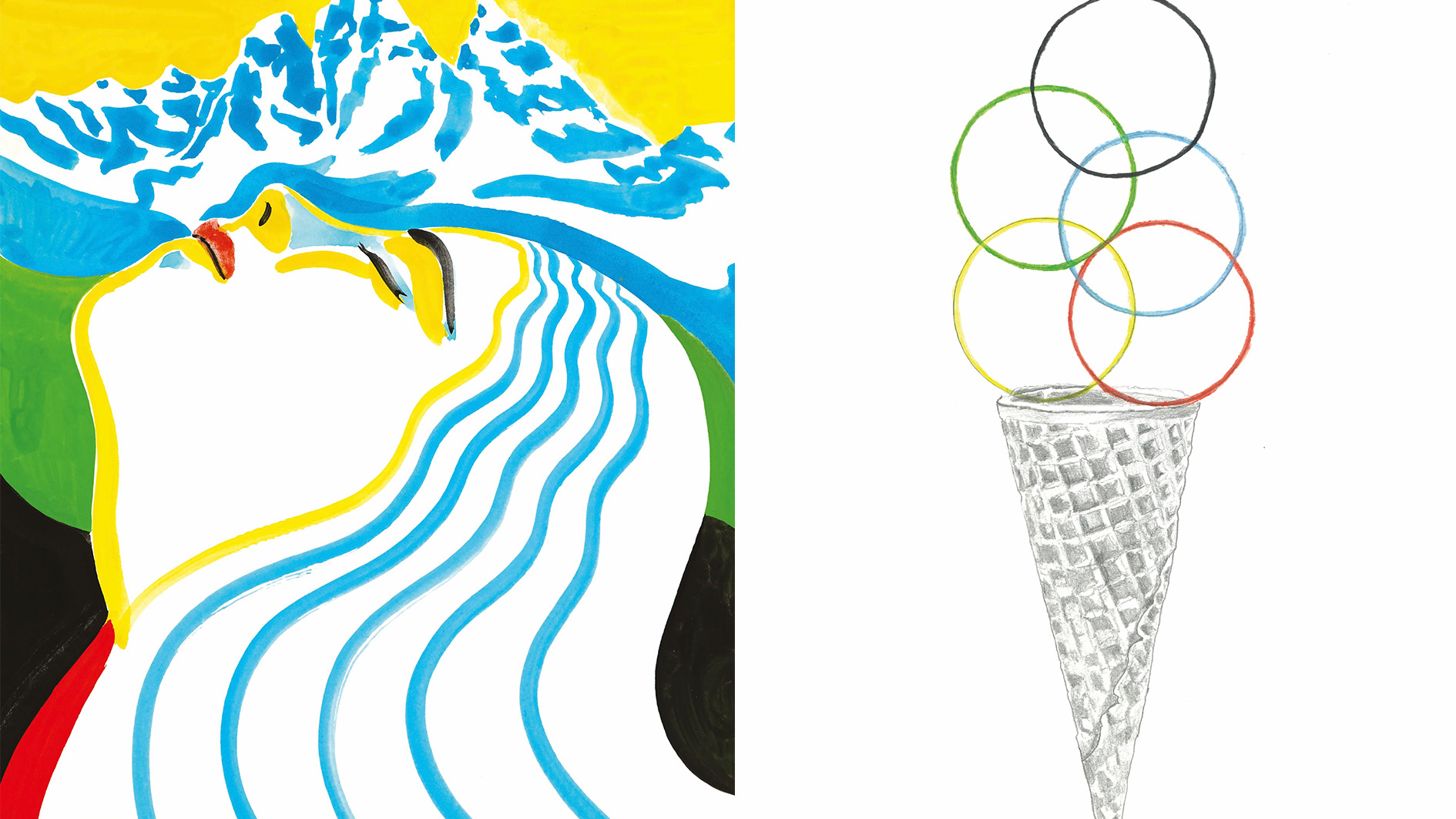 Ten super-cool posters for the Winter Olympics and Paralympics have just been unveiled
Ten super-cool posters for the Winter Olympics and Paralympics have just been unveiledThe Olympic committees asked ten young artists for their creative take on the 2026 Milano Cortina Games
-
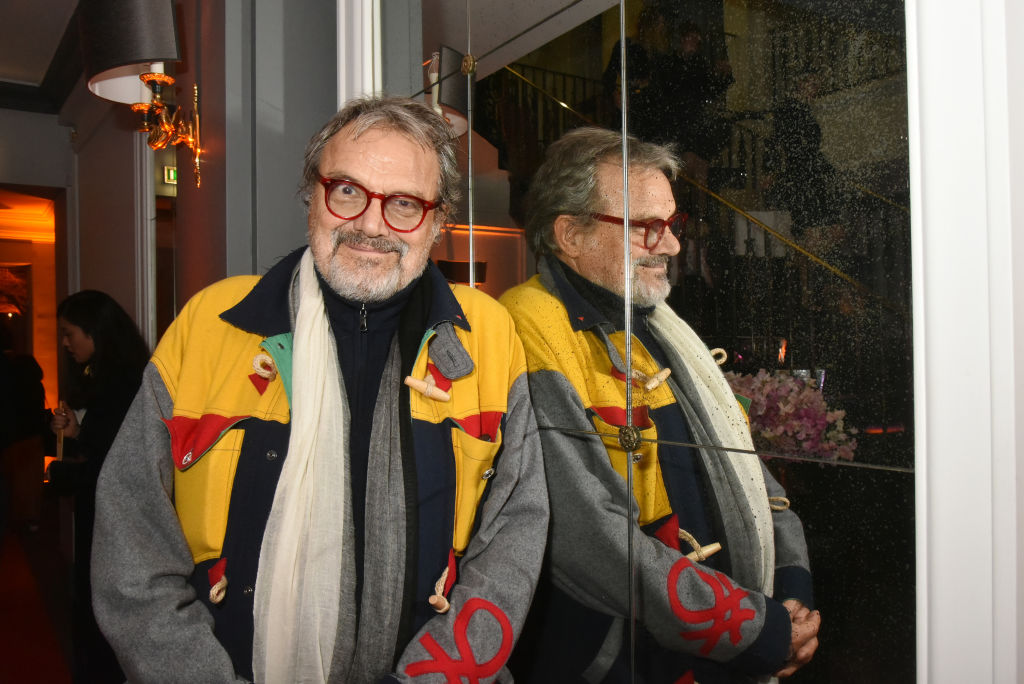 Remembering Oliviero Toscani, fashion photographer and author of provocative Benetton campaigns
Remembering Oliviero Toscani, fashion photographer and author of provocative Benetton campaignsBest known for the controversial adverts he shot for the Italian fashion brand, former art director Oliviero Toscani has died, aged 82
-
 Distracting decadence: how Silvio Berlusconi’s legacy shaped Italian TV
Distracting decadence: how Silvio Berlusconi’s legacy shaped Italian TVStefano De Luigi's monograph Televisiva examines how Berlusconi’s empire reshaped Italian TV, and subsequently infiltrated the premiership
-
 Louis Fratino leans into queer cultural history in Italy
Louis Fratino leans into queer cultural history in ItalyLouis Fratino’s 'Satura', on view at the Centro Pecci in Italy, engages with queer history, Italian landscapes and the body itself
-
 ‘I just don't like eggs!’: Andrea Fraser unpacks the art market
‘I just don't like eggs!’: Andrea Fraser unpacks the art marketArtist Andrea Fraser’s retrospective ‘I just don't like eggs!’ at Fondazione Antonio dalle Nogare, Italy, explores what really makes the art market tick
-
 Triennale Milano exhibition spotlights contemporary Italian art
Triennale Milano exhibition spotlights contemporary Italian artThe latest Triennale Milano exhibition, ‘Italian Painting Today’, is a showcase of artworks from the last three years